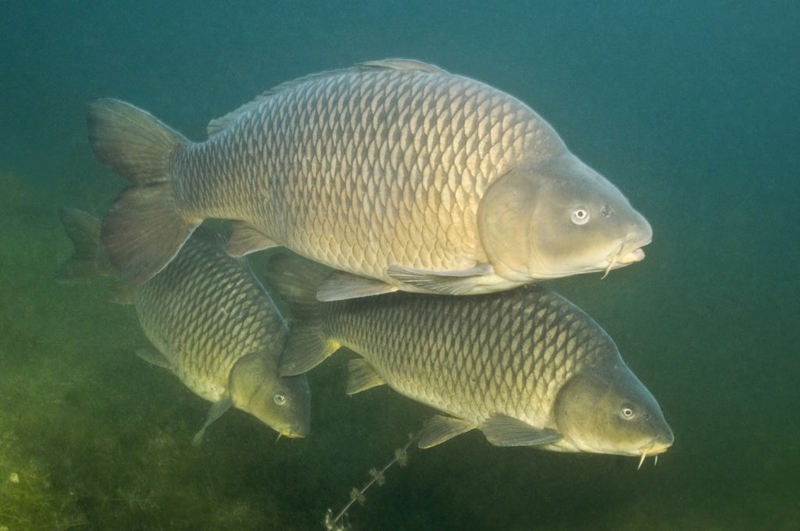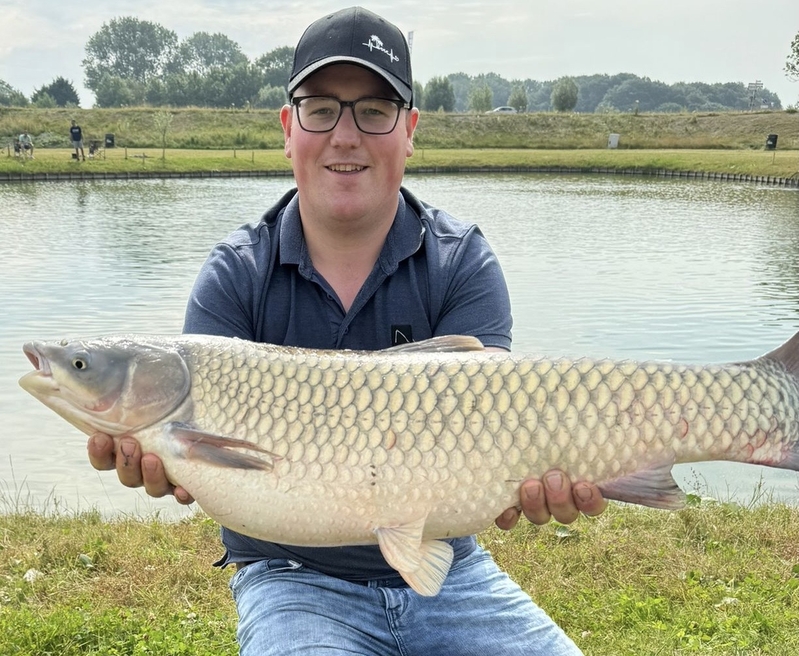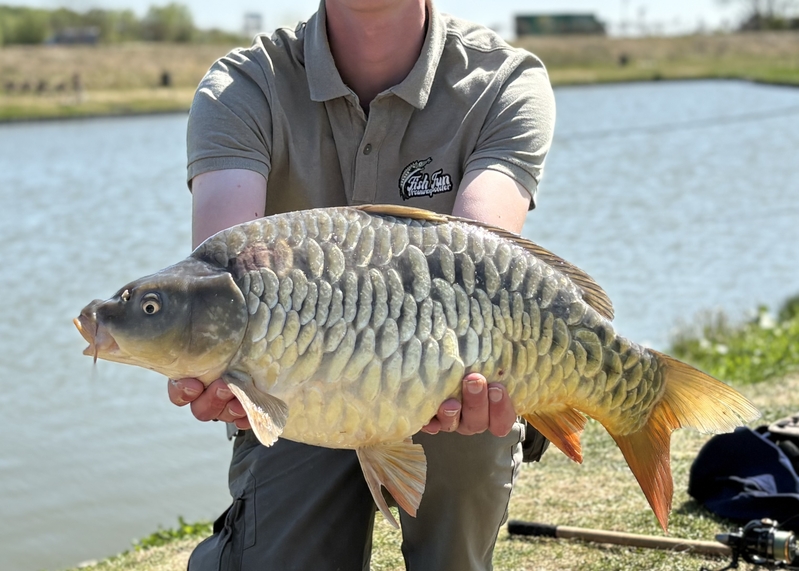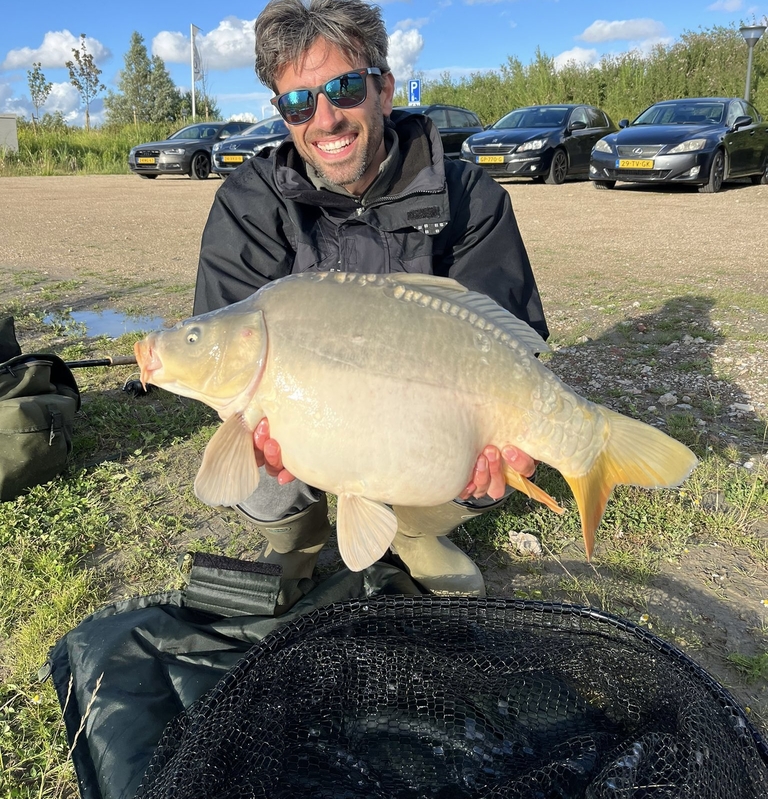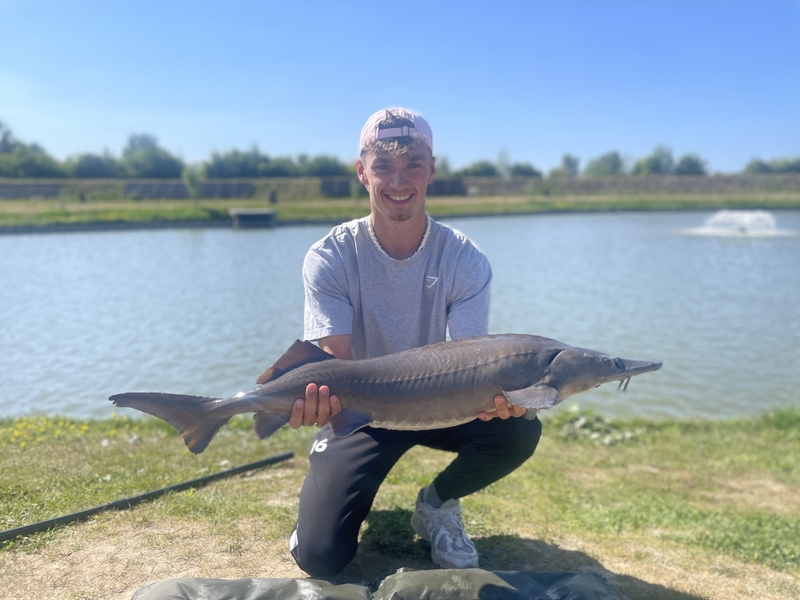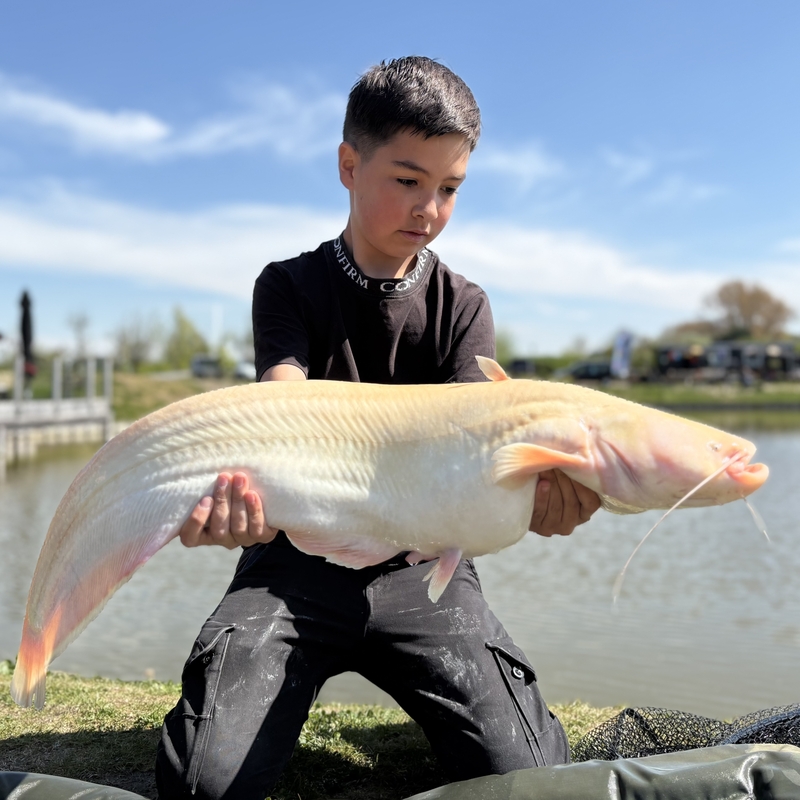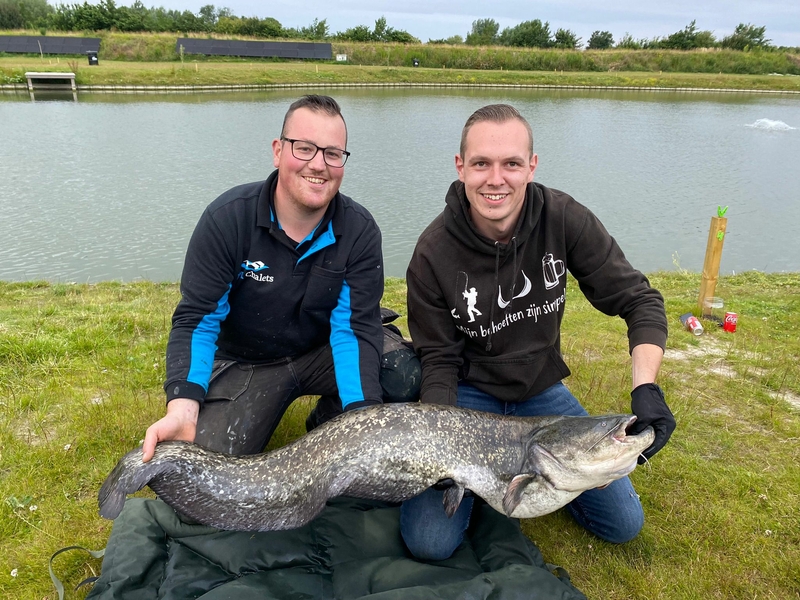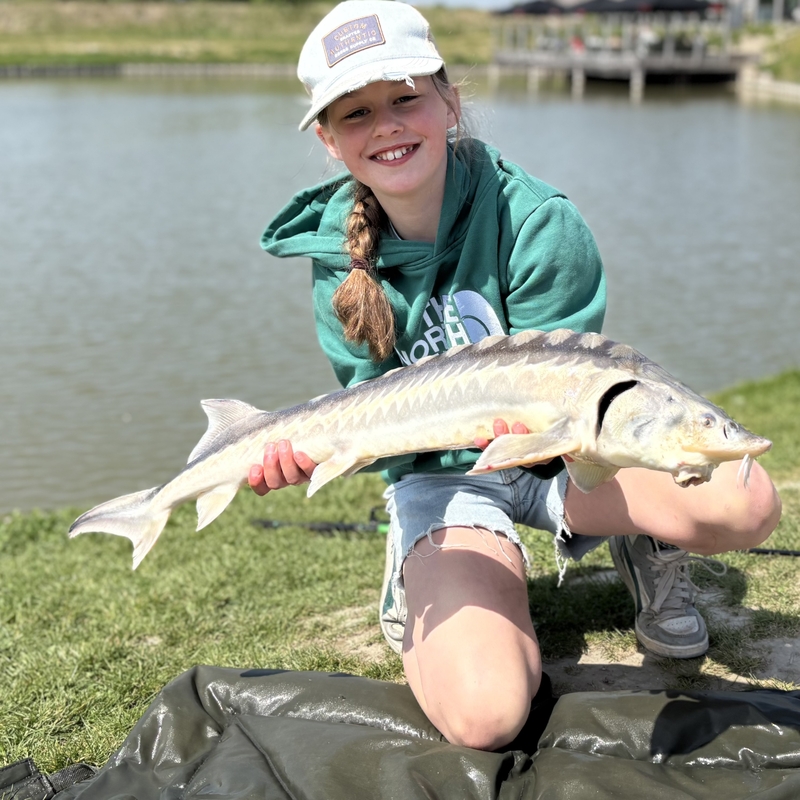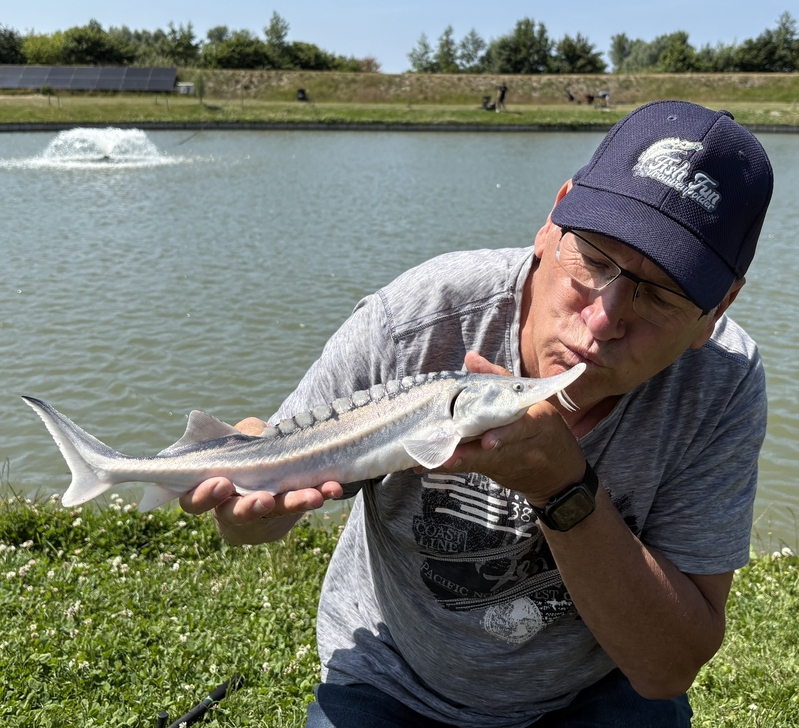Our fish
French and Hungarian carp
French and Hungarian carp
French and Hungarian carp are limitedly scaled carp but carp that can reach huge sizes.
Grass carp
The grass carp is the slender sprinter among the carp species.
Originally not native to the Benelux, it has been stocked for many years in various waters to keep aquatic plants short.
The grass carp is thus a real gardener and provides...
Heavily scaled mirror carp
Heavily scaled mirror carp or full scaled carp already speaks for itself; a huge beautifully drawn mirror carp where each carp has a unique print....
Villedon carp
Villedon carp is the high-built mirror carp. Thick bellies and high backs characterise these beautiful carp.
Siberian smooth-bellied sturgeon
The Siberian smooth-bellied sturgeon also known as the Acipenser baerii.
The Baerri sturgeon can reach a length of up to 200 cm.
Characteristic features of this fish are the bony plates that are the same colour as the rest of its body, which is a difference from other sturgeons, another feature is....
Albino catfish
At Fish Fun Vrouwenpolder, albino specimens of the European catfish are also swimming. These are the same species as the well-known European catfish, but with a strikingly light colour. Like their wild-coloured counterparts, these albinos are known for their strength and cleverness, guaranteed to be a tough showdown at your rod!
Marble Catfish
The European catfish, with lengths rising to 1.58 metres, are perhaps the biggest fish in our ponds, will you be the one who knows how to get these monsters out of the water?
Diamond Sturgeon
The diamond sturgeon, also known as Russian sturgeon or Danube sturgeon, is one of the real eye-catchers in our ponds.
This impressive powerhouse can grow up to two metres long (in our case the largest is only 120 cm) and is easily recognisable by its.....
Belouga
The European Huso or beluga (Huso huso) is a sturgeon that lives in the wild mainly in the Caspian Sea and the Black Sea.
The largest ever seen was 8.6 metres with a weight of 2,700 kilograms. This makes the Beluga the largest in the sturgeon family.
This sturgeon can be recognised by its large, blue-grey colour and a prominent, large mouth suitable for hunting fish. Beluga sturgeons can grow very old, up to 150 years.
Silver Carp
A carp species rarely found in open water in Western Europe.
At Fish Fun Vrouwenpolder, this species of carp swims around in large numbers. Silver carp are true algae eaters and thus make an important contribution to the maintenance and....
Albino sturgeon
The albino sturgeon also called Acipenser Ruthenus.
The albino sturgeons in our ponds are albino Sterlet, which can reach a length of up to 120 cm, making them one of the smallest sturgeon species.
Typical of the albino Sterlet is....



